Introduction: Gold’s Enduring Appeal in a Shifting World
As of March 2025, gold has already etched its mark on the financial landscape, with prices hovering around $2,908.46 per ounce and an all-time high of $2,956.19 recorded in February 2025. This upward momentum reflects a confluence of global uncertainties—geopolitical tensions, economic instability, and shifting monetary policies—that have reinforced gold’s role as a safe-haven asset. But what does the future hold? From 2025 to 2030, forecasts suggest a blend of optimism and caution, with analysts projecting a range of outcomes driven by diverse influences.
Gold Price Predictions for 2025: A Bullish Beginning
The Forecast Landscape
As we step into 2025, the outlook for gold prices is predominantly bullish, with analysts citing a continuation of current trends bolstered by global uncertainties. Here’s a snapshot of key predictions:
- InvestingHaven: Foresees gold surpassing $3,275 per ounce by year-end, driven by long-term chart patterns and indicators like inflation expectations and central bank demand.
- LiteFinance: Projects a year-end price of $3,150, with a potential range between $3,150 and $3,356, highlighting geopolitical unrest and monetary policy shifts as key drivers.
- Long Forecast: Offers a granular monthly breakdown, starting at $3,269 in June and climbing to $3,450 by December, suggesting steady growth throughout the year.
- Coin Price Forecast: Adopts an even bolder stance, predicting $3,535 by the end of 2025—a 34% increase from early-year levels.
Driving Forces
What fuels this optimism? Several factors converge in 2025 to propel gold prices upward:
- Geopolitical Tensions: Ongoing conflicts and political instability—think Middle Eastern unrest or U.S.-China trade frictions—push investors toward safe-haven assets.
- Monetary Policy: Anticipated interest rate cuts by the Federal Reserve lower the opportunity cost of holding non-yielding assets like gold, making it more appealing.
- Central Bank Demand: Nations diversifying reserves away from the U.S. dollar continue to stockpile gold, bolstering demand.
- Inflation Expectations: Persistent inflationary pressures, even if moderating, sustain gold’s allure as a hedge.
Potential Risks
While the outlook leans positive, volatility looms. A sudden stabilization in global markets or unexpected rate hikes could temper gold’s ascent. Still, the consensus suggests 2025 will be a strong year for the metal, setting the stage for further gains.
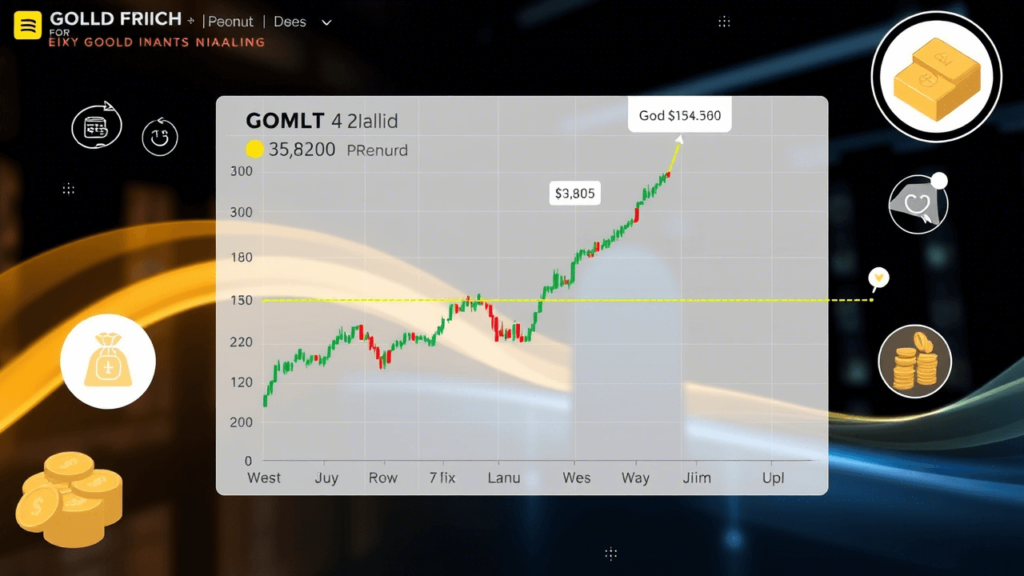
Gold Price Predictions for 2026: Rising Momentum Meets Uncertainty
The Forecast Landscape
In 2026, the predictions diverge further, reflecting the challenges of peering deeper into the future. Here’s what analysts anticipate:
- InvestingHaven: Envisions gold nearing $3,805, maintaining its bullish trajectory.
- LiteFinance: Notes heightened volatility, with prices potentially swinging between $3,440 and $4,907 (per Gov Capital), though Coin Price Forecast sees a steadier climb toward $5,085 by 2030.
- Long Forecast: Details a rise from $3,472 in July 2025 to $4,548 by December 2026, indicating consistent growth.
- Dukascopy Bank SA: Offers a cautious counterpoint, with some experts pegging prices as low as $2,500 or $2,300, contingent on economic stabilization.
Driving Forces
The forces shaping 2026 build on 2025’s trends but introduce new complexities:
- Economic Instability: If recessionary pressures persist—say, in Europe or emerging markets—gold’s safe-haven status strengthens.
- Interest Rates: Continued low or negative real rates (adjusted for inflation) favor gold, though any hawkish policy shifts could apply brakes.
- Geopolitical Risks: Escalating tensions, such as sanctions or regional conflicts, could amplify demand.
- Dollar Dynamics: A weakening U.S. dollar, often inversely correlated with gold, supports higher prices.
Potential Risks
The wider range of forecasts underscores uncertainty. A robust global recovery or a stronger dollar could pull prices down, as seen in Dukascopy’s conservative estimates. Conversely, prolonged instability could push gold toward the upper end of projections, nearing $5,000.
Gold Price Predictions for 2027: A Pivotal Midpoint
The Forecast Landscape
By 2027, gold’s trajectory shows both promise and variability:
- InvestingHaven: While not specifying 2027, their $5,155 peak by 2030 implies continued growth through this period.
- LiteFinance: Cites WalletInvestor’s moderate upswing, with gold rising from $2,962.68 in January to $3,126.02 by December.
- Long Forecast: Predicts a starting price of $4,456 in June, reaching $4,695 by month-end, and closing at $5,020 in September.
- Coin Price Forecast: Projects $4,032 by mid-2027 and $4,203 by year-end, reflecting optimism.
Driving Forces
Key influences in 2027 include:
- Global Economic Trends: A potential slowdown in major economies could heighten gold’s appeal.
- Political Instability: Mid-decade elections or policy shifts might spark uncertainty, favoring gold.
- Supply Constraints: Declining mine production—gold is finite, after all—could tighten supply, nudging prices up.
- Inflation: If central banks struggle to tame inflation, gold’s role as a store of value solidifies.
Potential Risks
Volatility remains a wildcard. Financial market corrections or a resurgence in risk appetite (e.g., a tech boom) could divert capital from gold. Yet, the prevailing sentiment leans toward sustained growth, with $5,000 emerging as a psychological milestone.
Gold Price Predictions for 2030: The Long-Term Vision
The Forecast Landscape
Looking to 2030, predictions turn speculative but retain a bullish core:
- InvestingHaven: Foresees a peak of $5,155, grounded in long-term trends and intermarket analysis.
- LiteFinance: Highlights Coin Price Forecast’s $5,085 target, with an average annual growth of about 7%.
- Coin Price Forecast: Estimates $5,111 by 2030—a 60% jump from 2027’s end.
- Goldman Sachs: An outlier, some forecasts suggest $7,000 as early as 2025, though most see this as ambitious for 2030.
Driving Forces
The long-term outlook hinges on enduring trends:
- Central Bank Reserves: Continued diversification from dollar-centric holdings boosts gold demand.
- Supply Limits: Aging mines and environmental regulations constrain new supply, supporting price increases.
- Economic Uncertainty: Persistent risks—climate crises, debt burdens—keep gold in favor.
- Emerging Markets: Rising wealth in Asia and beyond fuels jewelry and investment demand.
Potential Risks
A dramatic shift—like widespread adoption of digital currencies reducing gold’s relevance—could challenge these forecasts. However, such scenarios remain speculative, and gold’s historical resilience suggests it will thrive through 2030.
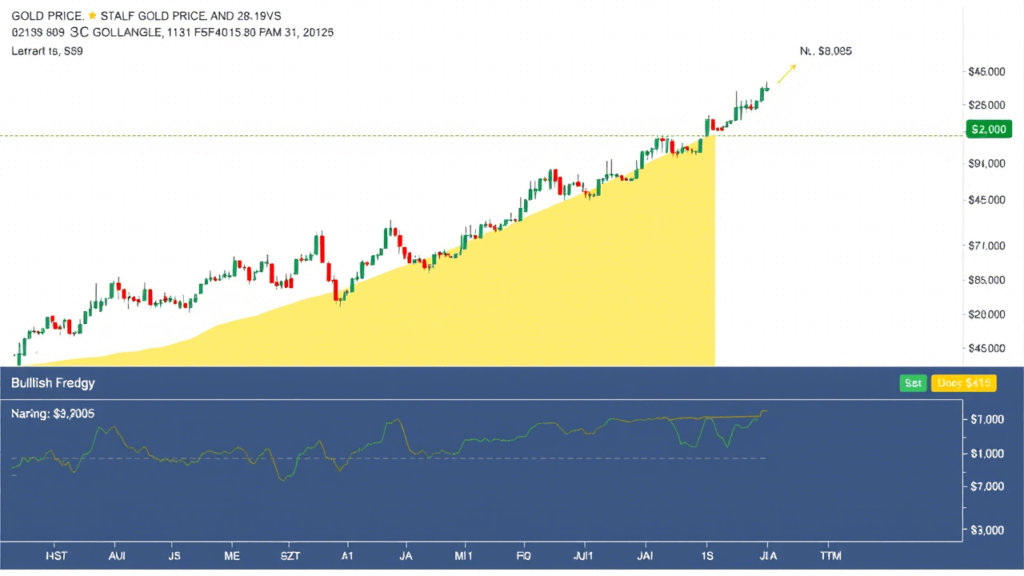
Key Factors Shaping Gold Prices: 2025–2030
Gold’s journey from 2025 to 2030 will be shaped by interconnected dynamics. Here’s a closer look:
- Geopolitical Tensions
- Impact: Conflicts or sanctions (e.g., Russia-Ukraine, U.S.-China) drive safe-haven flows.
- Example: Escalation in 2025 could push prices past $3,500 swiftly.
- Economic Instability
- Impact: Recessions or banking crises (think 2008 redux) elevate gold’s appeal.
- Example: A 2026 downturn could see prices test $4,000.
- Central Bank Policies
- Impact: Low interest rates reduce gold’s holding cost; rate hikes do the opposite.
- Example: Fed cuts in 2025 could spark a rally to $3,356.
- Inflation
- Impact: High inflation erodes fiat value, boosting gold.
- Example: 5% inflation in 2027 might lift prices to $4,695.
- Supply and Demand
- Impact: Mining challenges and rising demand from India or China tighten the market.
- Example: A supply crunch by 2030 could underpin $5,000+ levels.
These factors don’t operate in isolation—geopolitical shocks can trigger economic ripples, influencing policy and inflation in a feedback loop that often favors gold.
The Long-Term Outlook: Gold Beyond 2030
Peering beyond 2030, gold’s prospects remain bright. While outliers like Goldman Sachs’ $7,000 call grab headlines, a more measured climb to $5,000–$6,000 by the early 2030s aligns with consensus trends. Gold’s role as a portfolio diversifier and inflation hedge will endure, especially as global uncertainties—climate change, technological disruption, geopolitical realignments—persist.
Investors should view gold as a long-term anchor rather than a short-term gamble. Its ability to weather economic storms, as seen in past crises, underscores its value. Yet, short-term dips (e.g., a 2026 correction to $2,500) shouldn’t be ruled out—timing matters.
Visualizing the Trends: Charts and Insights
Imagine a line graph tracing gold’s ascent:
- 2025: $2,908 → $3,535 (Coin Price Forecast’s high).
- 2026: $3,535 → $4,548 (Long Forecast’s peak).
- 2027: $4,548 → $5,020 (Long Forecast’s September peak).
- 2030: $5,020 → $5,111 (Coin Price Forecast’s endgame).
A bar chart could juxtapose bullish ($5,155, InvestingHaven) and cautious ($2,300, Dukascopy) scenarios, highlighting the range of possibilities. These visuals would crystallize the upward trend while acknowledging volatility.
Conclusion: Charting Your Golden Path
From 2025 to 2030, gold price predictions paint a picture of robust growth tempered by periodic uncertainty. Starting at $3,150–$3,535 in 2025, climbing to $4,203–$4,548 by 2027, and reaching $5,085–$5,155 by 2030, the metal appears poised for a steady ascent. Geopolitical risks, economic shifts, and policy decisions will steer this course, with gold’s safe-haven status as its bedrock.
For investors, this forecast offers a roadmap. Consider gold as a cornerstone of your portfolio, balancing its stability against potential short-term swings. Stay attuned to global events—rate decisions, conflict headlines, inflation data—and adjust accordingly. Whether you’re safeguarding wealth or seeking growth, gold’s golden horizon beckons.
What’s your next move? Reflect on these insights, consult your financial goals, and take a step toward securing your place in this glittering future. The journey from 2025 to 2030 promises to be as dynamic as gold itself—don’t miss it.





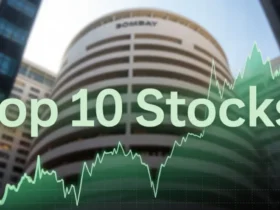




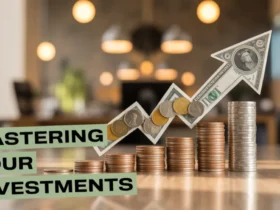
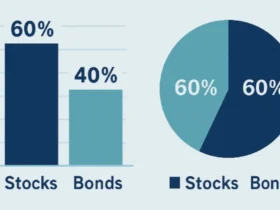
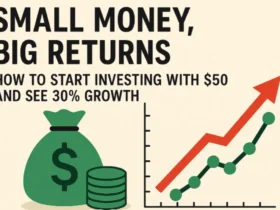
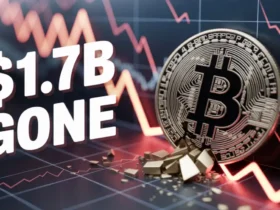



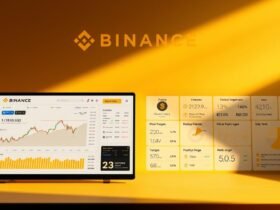
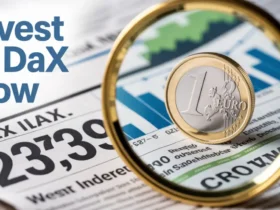

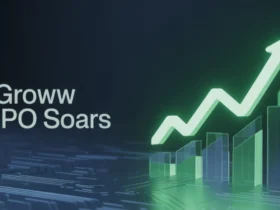
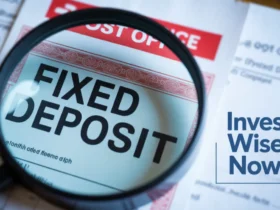

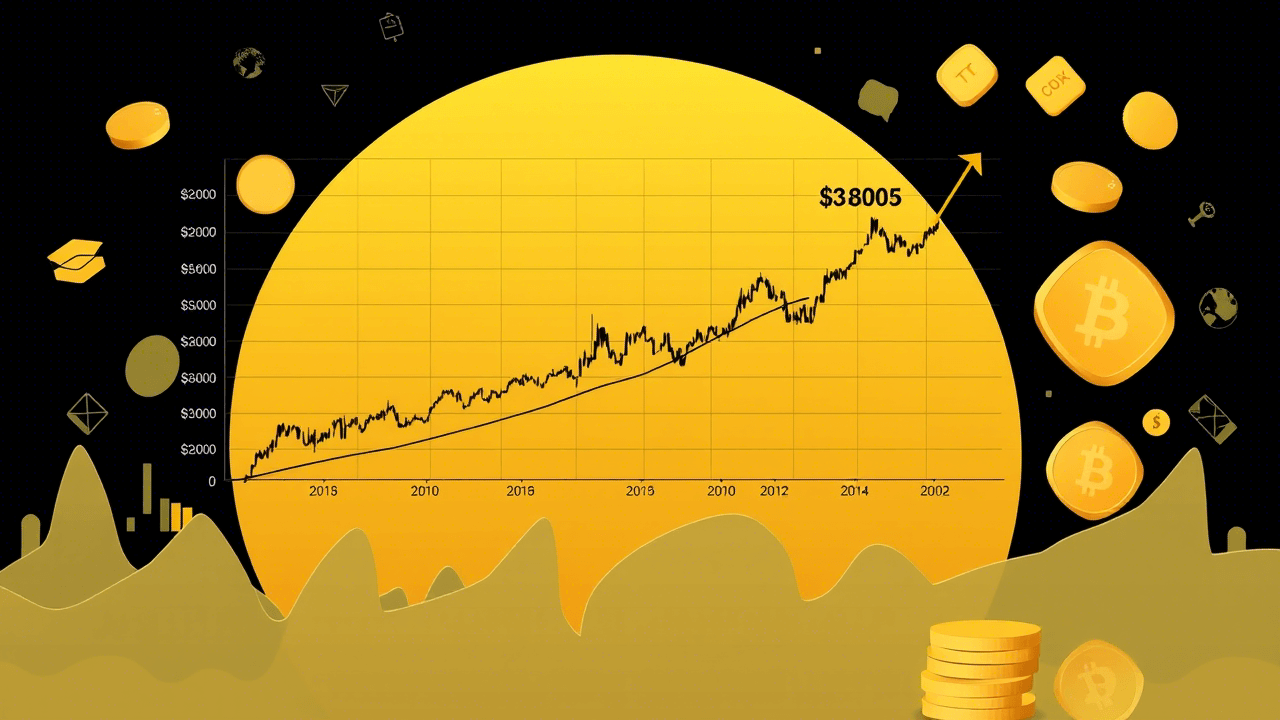


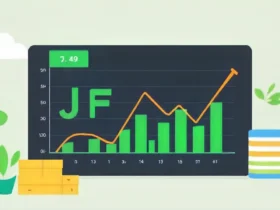

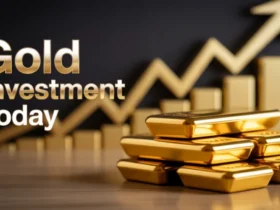
1 Comment